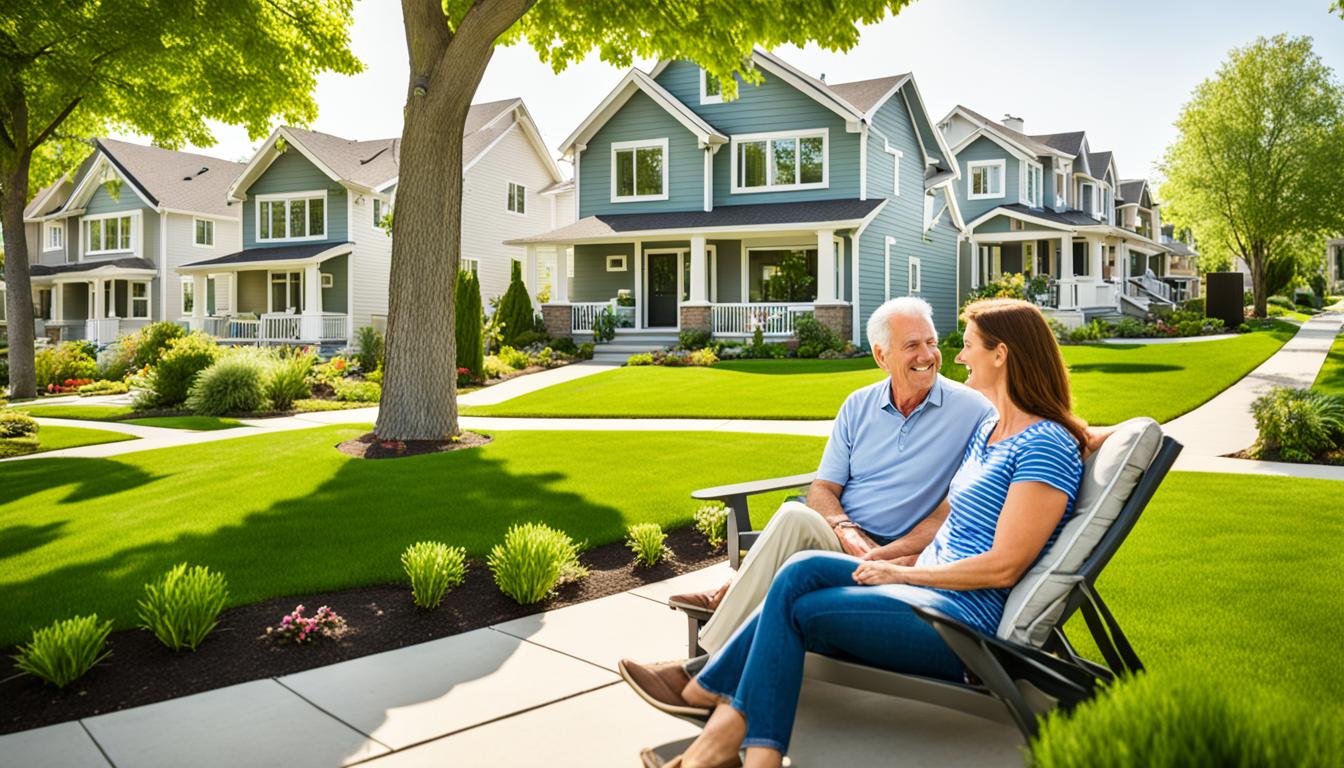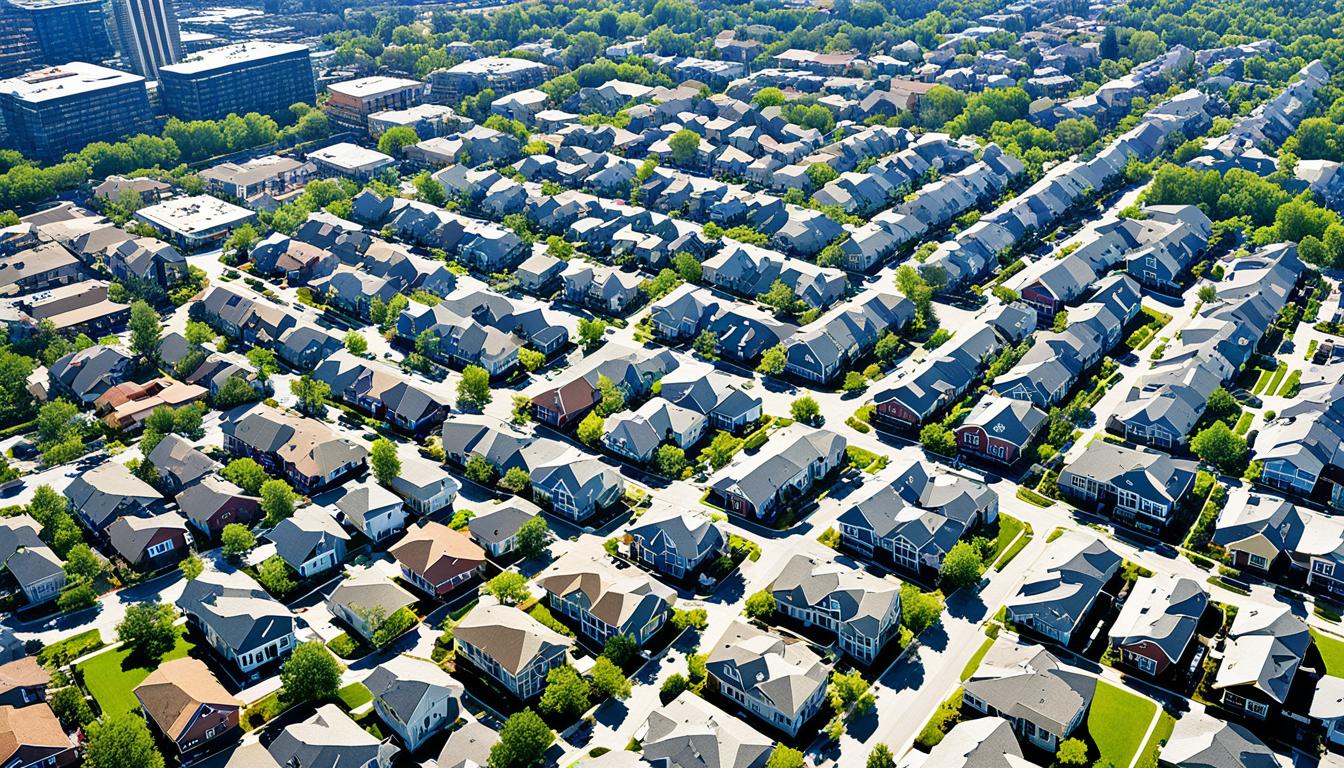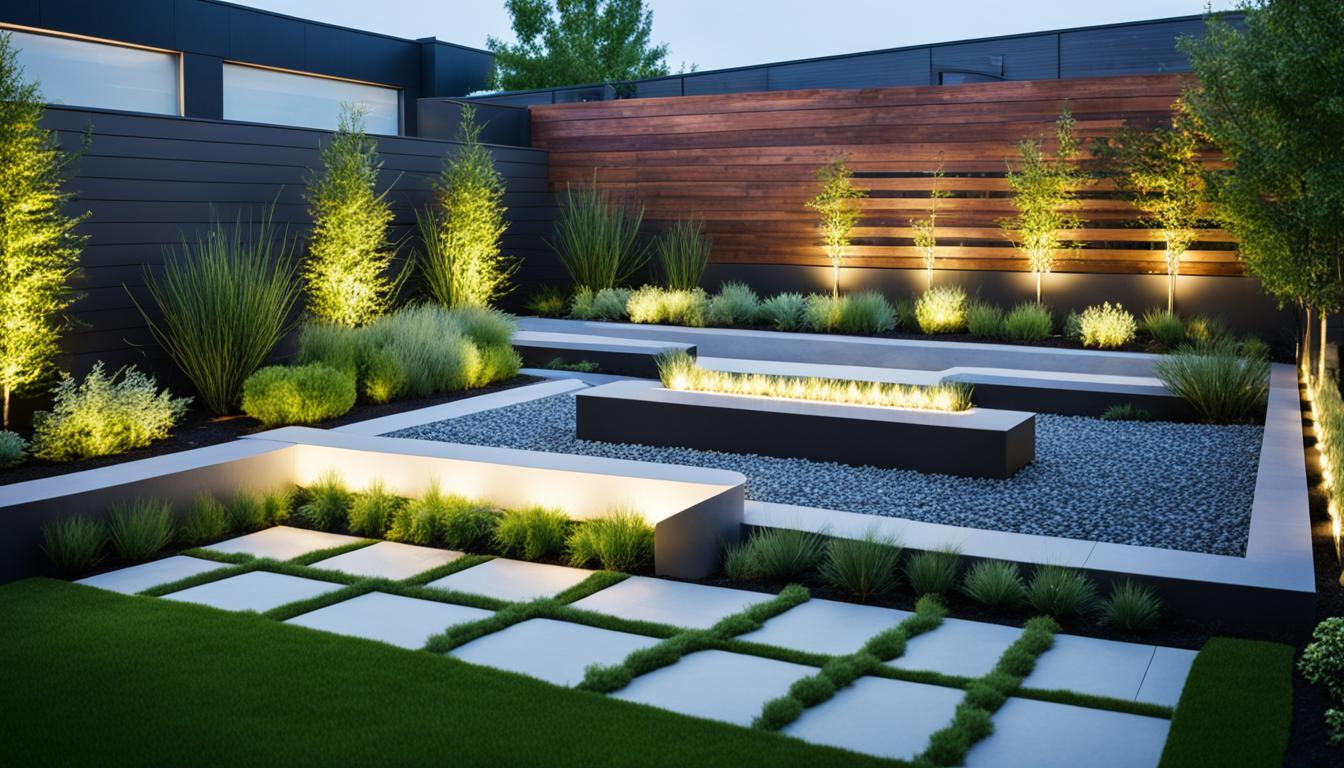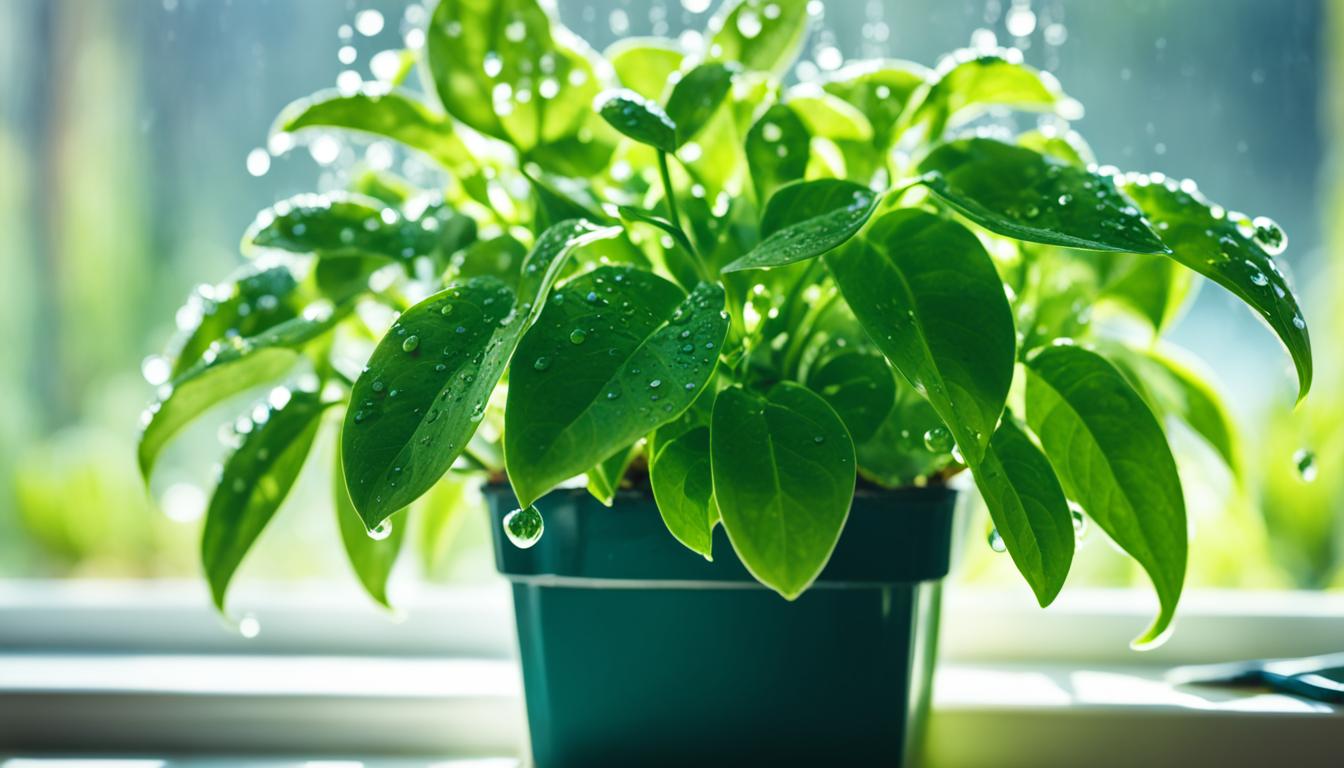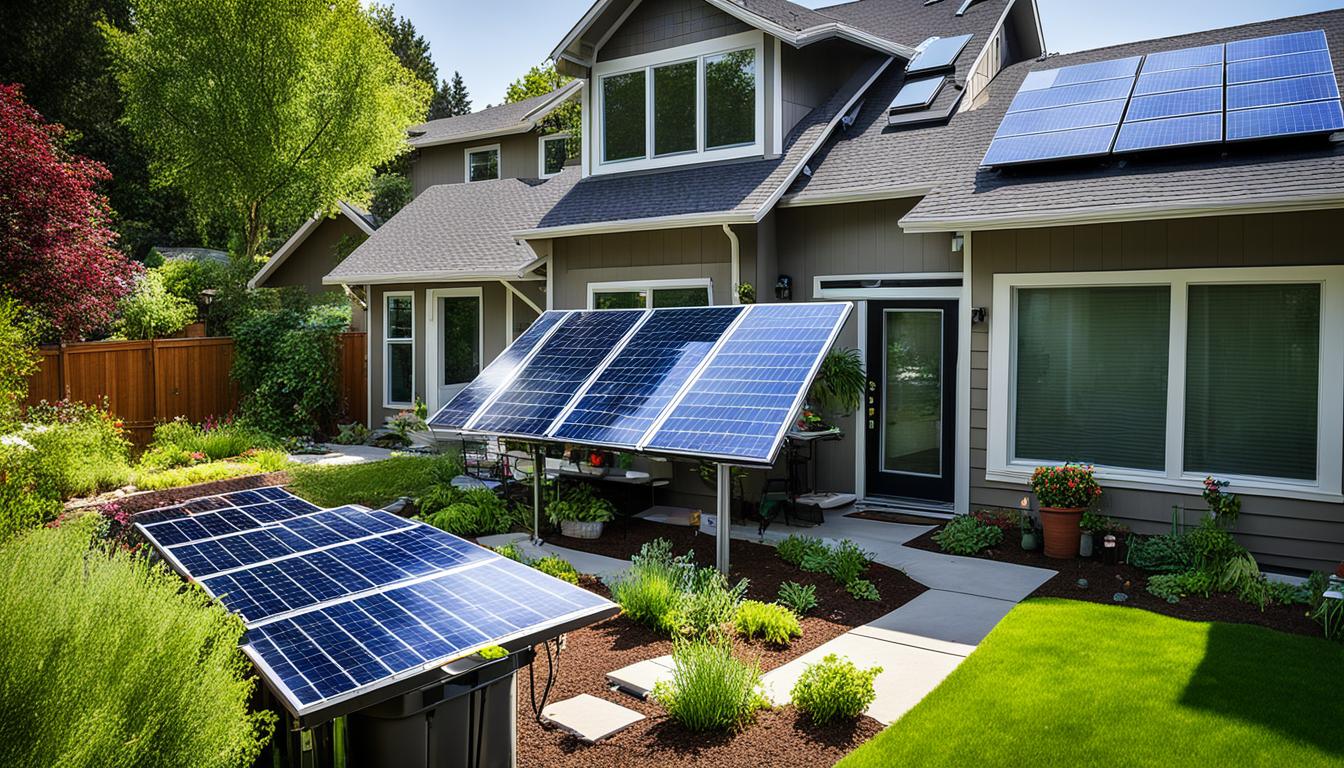
As environmental concerns continue to rise, more individuals are seeking ways to reduce their carbon footprint and create a sustainable lifestyle. One significant area where eco-conscious choices can be made is in the home. By implementing eco-friendly home improvements, homeowners can create a green living space that promotes energy efficiency, reduces waste, and minimizes environmental impact. This article explores various eco-friendly home improvement ideas, highlighting their benefits and providing practical tips for creating a sustainable and environmentally conscious home.
In this article, we will discuss sustainable home improvements, green home renovations, and energy-efficient house updates. We’ll cover a wide range of eco-friendly upgrades, including environmentally friendly home enhancements, eco-conscious remodeling, green building upgrades, earth-friendly home renovations, and sustainable living improvements. Let’s dive in and discover how you can make your home more eco-friendly!
Throughout this article, we’ll provide insights and tips on various topics such as energy-efficient lighting, efficient heating and cooling systems, solar panels and renewable energy, water conservation, sustainable materials and eco-friendly building, efficient appliances and electronics, as well as waste reduction and recycling.
By adopting these eco-friendly home upgrades, you can not only create a healthier and more sustainable living space but also save money in the long run. So, let’s get started on our journey to a greener home!
Energy-Efficient Lighting
One of the simplest and most effective ways to make a home more eco-friendly is by transitioning to energy-efficient lighting solutions. By replacing traditional incandescent bulbs with energy-saving LED or CFL bulbs, homeowners can significantly reduce their energy consumption and lower electricity bills.
LED bulbs are known for their exceptional energy efficiency and long lifespan. They consume up to 80% less energy than traditional bulbs and can last up to 25 times longer. This not only reduces electricity usage but also decreases the frequency of bulb replacements, resulting in cost savings over time.
CFL bulbs, or compact fluorescent lamps, are another energy-efficient option. They use around 75% less energy than incandescent bulbs and can last up to 10 times longer. Although they have a slightly higher initial cost compared to incandescent bulbs, the long-term energy savings make CFL bulbs a worthwhile investment.
To further optimize energy usage, homeowners can consider installing motion sensor switches or timers. Motion sensor switches automatically turn lights on when someone enters a room and turn them off when no motion is detected, ensuring that lights are only used when necessary. Timers can be programmed to automatically switch off lights after a specific duration, preventing unnecessary energy wastage.
By adopting these energy-efficient lighting practices, homeowners can contribute to a greener environment and enjoy significant savings on their energy bills.
Benefits of Energy-Efficient Lighting:
- Reduced energy consumption
- Lower electricity bills
- Extended bulb lifespan
- Cost savings from reduced bulb replacements
- Improved environmental sustainability
Comparison of Different Bulb Types:
| Bulb Type | Energy Consumption | Lifespan |
|---|---|---|
| Incandescent | High | Short |
| LED | Low | Long |
| CFL | Medium | Medium to Long |


Table: Comparison of different bulb types in terms of energy consumption and lifespan.
Efficient Heating and Cooling Systems
Heating and cooling systems play a crucial role in maintaining a comfortable home environment, but they also contribute significantly to energy consumption. By upgrading to energy-efficient HVAC systems and implementing proper insulation and window solutions, homeowners can reduce both their energy bills and environmental impact.
Energy-Efficient HVAC Systems
One of the most effective ways to achieve efficient heating and cooling is by installing energy-efficient HVAC systems. These systems are specifically designed to optimize energy usage while maintaining comfort levels in the home. The use of heat pumps and geothermal systems, in particular, can significantly reduce energy consumption.
Heat pumps are highly efficient in both heating and cooling modes. They work by extracting heat from the air or ground and transferring it into the home during winter, and vice versa during summer. This process requires less energy compared to traditional heating and cooling methods, making heat pumps an excellent choice for energy-conscious homeowners.
Geothermal systems harness the constant temperature of the earth to provide heating, cooling, and hot water for a home. By utilizing the earth’s natural heat, geothermal systems can achieve remarkable energy savings. While the initial installation cost of geothermal systems may be higher, the long-term energy savings make them a wise investment.
Insulation and Weather Stripping
Proper insulation is essential for maintaining a comfortable indoor temperature and reducing the need for excessive heating or cooling. Insulation materials such as fiberglass, cellulose, or spray foam help trap the desired temperature inside the home, preventing heat transfer between the interior and exterior environments.
Weather stripping is another simple yet effective method to improve the energy efficiency of a home. By sealing gaps and cracks around doors and windows, weather stripping prevents drafts and air leaks, minimizing heat loss in the winter and heat gain in the summer. This reduces the workload on heating and cooling systems, resulting in lower energy consumption.
Double-Glazed Windows
Windows are a common source of heat gain and loss in a home. Double-glazed windows, also known as insulated windows, consist of two layers of glass with a gap in between to provide enhanced insulation. This insulation layer acts as a barrier, reducing heat transfer and maintaining a more stable indoor temperature.
Double-glazed windows not only improve energy efficiency but also offer additional benefits such as noise reduction and increased security. They are available in various styles and frames to suit different architectural designs and personal preferences, making them a versatile choice for eco-conscious homeowners.


Investing in efficient heating and cooling systems, insulation, weather stripping, and double-glazed windows can have a significant impact on both the energy efficiency of a home and the overall comfort of its occupants. By reducing energy consumption, homeowners not only contribute to a greener future but also enjoy long-term cost savings on their utility bills.
Solar Panels and Renewable Energy
Harnessing the power of the sun, solar panels are an eco-friendly and sustainable solution to generate clean and renewable energy for your home. By converting sunlight into electricity, solar panels help reduce reliance on fossil fuels, lower carbon emissions, and contribute to a greener future.
Installing solar panels on your roof or in your backyard allows you to tap into the abundant energy provided by the sun. The panels are made up of photovoltaic (PV) cells that convert sunlight into direct current (DC) electricity. An inverter then converts the DC electricity into alternating current (AC) electricity, which can be used to power your home’s appliances and electrical systems.
One of the significant advantages of solar panels is their ability to produce electricity without emitting greenhouse gases or other harmful pollutants. By relying on solar power, you contribute to the reduction of carbon emissions and help combat climate change.


Solar Power Benefits
Switching to solar power offers numerous benefits, including:
- Energy Independence: By generating your own electricity, you reduce your dependence on traditional power grids and skyrocketing utility bills.
- Long-term Cost Savings: While the initial installation cost of solar panels may seem high, they provide long-term savings on your electricity bills, allowing you to recoup your investment over time.
- Financial Incentives: Many governments and local authorities offer incentives such as tax credits, rebates, and grants to encourage homeowners to adopt solar energy. Take advantage of these programs to offset the upfront costs.
- Increase in Property Value: Solar panels not only benefit your wallet but can also increase the value and marketability of your property. Many homebuyers now prioritize energy-efficient features when searching for a new home.
- Durability and Low Maintenance: Solar panels are built to withstand various weather conditions and require minimal maintenance once installed, making them a reliable and hassle-free energy option.
In addition to solar panels, homeowners can explore other renewable energy sources to further reduce their environmental impact. Wind turbines harness the power of the wind to generate electricity, while small hydropower systems utilize flowing water to produce energy.
Comparison of Renewable Energy Sources
| Energy Source | Advantages | Considerations |
|---|---|---|
| Solar Panels | – Abundant sunlight – No greenhouse gas emissions – Suitable for various geographical locations |
– Initial installation cost – Requires ample roof space or land area |
| Wind Turbines | – Harnesses wind power – Low environmental impact – Suitable for open areas with consistent wind |
– Initial installation cost – Noise and visual impact – Site-specific requirements |
| Small Hydropower Systems | – Utilizes flowing water – Reliable and consistent energy production – Low environmental impact |
– Site-specific requirements – Water rights and regulatory considerations – Initial installation cost |
Choosing the right renewable energy source for your home depends on factors such as geographical location, available resources, and budget. Consulting with a professional can help determine the most suitable option for your specific needs.
Water Conservation
Conserving water is crucial for creating a sustainable home. By adopting water-saving practices and implementing water-efficient solutions, homeowners can significantly reduce water consumption and minimize their environmental impact. This section explores various strategies for water conservation, including the use of low-flow showerheads, water-efficient appliances, and rain barrels.
Low-Flow Showerheads
Installing low-flow showerheads is a simple yet effective way to conserve water without compromising on comfort. These showerheads are designed to maintain water pressure while reducing water flow, resulting in significant water savings. By switching to low-flow showerheads, homeowners can save both water and energy, as less water needs to be heated.
Water-Efficient Appliances
Another area where water conservation can be achieved is through the use of water-efficient appliances. Dishwashers and washing machines with high Energy Star ratings are designed to use less water per cycle while still delivering optimal performance. By choosing water-efficient models, homeowners can reduce water consumption, decrease their utility bills, and contribute to a greener home.
Rain Barrels
Collecting rainwater for outdoor use is an excellent way to conserve water and reduce reliance on municipal water sources. By installing rain barrels, homeowners can capture rainwater from rooftops and downspouts, which can then be used for watering plants, gardens, or washing vehicles. This not only saves fresh water but also helps prevent stormwater runoff, which can contribute to water pollution.
Sustainable Materials and Eco-Friendly Building
When renovating or building a home, incorporating sustainable materials is essential to minimize environmental impact and promote eco-friendly building practices. By choosing products made from recycled or renewable materials, homeowners can create a space that aligns with their green living goals. Here are some sustainable building options to consider:
Bamboo Flooring
Bamboo flooring is an eco-friendly alternative to traditional hardwood floors. Bamboo is a fast-growing grass that can be harvested in just a few years, making it a renewable resource. It is known for its durability, versatility, and natural beauty. By opting for bamboo flooring, homeowners can reduce their reliance on hardwood trees and contribute to sustainable forestry practices.
Recycled Materials
Using recycled materials in construction and renovation projects is an excellent way to divert waste from landfills and conserve natural resources. Recycled glass countertops, for example, provide a stylish and sustainable alternative to traditional stone surfaces. These countertops are made from recycled glass fragments and offer durability, a wide range of colors, and low environmental impact.
Low-VOC Paints
When painting walls or other surfaces, opt for low-VOC (volatile organic compounds) paints. These paints contain fewer harmful chemicals that can be released into the air, contributing to better indoor air quality. Low-VOC paints are available in a variety of colors and finishes, ensuring a sustainable and visually appealing result.
By integrating sustainable materials and adopting eco-friendly building practices, homeowners can create an environmentally conscious home that promotes a healthier lifestyle and reduces their carbon footprint. The use of materials like bamboo flooring, recycled materials, and low-VOC paints not only supports sustainability but also adds unique character and beauty to the living space.
Efficient Appliances and Electronics
When it comes to reducing electricity usage in your home, one of the most effective steps you can take is replacing old, energy-consuming appliances with efficient models. By choosing energy-efficient appliances, you not only lower your energy bills but also contribute to a greener environment. Look for appliances that are labeled as energy-efficient models, as they are designed to consume less energy without sacrificing performance.
One way to identify energy-efficient appliances is by checking for the Energy Star certification. The Energy Star program is a trusted symbol for energy efficiency and indicates that the product meets strict standards set by the U.S. Environmental Protection Agency (EPA). Appliances with Energy Star certification are proven to be more efficient and can reduce energy consumption by up to 50% compared to conventional models.
Additionally, when purchasing electronics for your home, consider their energy consumption not only during usage but also in standby mode. Many devices continue to draw power even when not in use, contributing to unnecessary energy waste. Look for devices with power-saving features or the ability to enter a low-power mode when idle. By making smart choices with your appliances and electronics, you can create a more energy-efficient home and contribute to a sustainable future.
The Benefits of Energy-Efficient Appliances
Investing in energy-efficient appliances offers several benefits beyond reducing energy consumption. Here are a few key advantages:
- Cost Savings: Energy-efficient appliances can significantly lower your energy bills, allowing you to save money in the long run.
- Environmental Impact: By reducing your energy consumption, you lower your carbon footprint and contribute to a healthier planet.
- Longer Lifespan: Energy-efficient appliances are often built to higher quality standards, resulting in longer lifespans and reduced maintenance costs.
- Improved Performance: Many energy-efficient models incorporate advanced technologies that not only save energy but also offer superior performance compared to older, less efficient models.
By choosing energy-efficient appliances and electronics, you can enjoy the benefits of lower energy bills, increased comfort, and a reduced environmental impact. Whether you’re upgrading your refrigerator, washing machine, or television, make sure to prioritize energy efficiency and consider the long-term value these appliances can bring to your home.
Waste Reduction and Recycling
Creating a sustainable home involves implementing waste reduction practices that minimize the environmental impact. A crucial step is setting up a recycling system with separate bins for paper, plastic, glass, and metal. By recycling these materials, you can help conserve valuable resources, reduce landfill waste, and decrease energy consumption.
In addition to recycling, composting is another effective way to manage household waste. Composting food waste, such as fruit and vegetable scraps, coffee grounds, and eggshells, creates nutrient-rich soil for gardening. Not only does composting divert organic waste from landfills, but it also enriches your garden’s soil, promoting healthy plant growth.
Avoiding single-use items is also essential for waste reduction. Instead of relying on disposable products, opt for reusable alternatives. Invest in durable and stylish cloth shopping bags to carry groceries, use refillable water bottles to eliminate plastic bottle waste, and choose food containers that can be washed and reused. By embracing reusable products, you not only reduce waste but also save money in the long run.
FAQ
What are some eco-friendly home upgrades I can make?
There are several eco-friendly home upgrades you can make, including energy-efficient lighting, efficient heating and cooling systems, solar panels and renewable energy, water conservation measures, sustainable materials and eco-friendly building, efficient appliances and electronics, and waste reduction and recycling practices. Each of these upgrades promotes sustainability and helps reduce your environmental impact.
How can I make my lighting more energy efficient?
To make your lighting more energy efficient, you can replace traditional incandescent bulbs with energy-saving LED or CFL bulbs. These bulbs consume less energy and have a longer lifespan. Additionally, you can install motion sensor switches or timers to ensure lights are only used when necessary, reducing energy waste.
What are some energy-efficient heating and cooling systems I can install?
Some energy-efficient heating and cooling systems you can install include heat pumps and geothermal systems. These systems reduce energy usage and help maintain indoor temperatures. Proper insulation, weather stripping, and double-glazed windows are also effective in reducing the need for excessive heating or cooling.
How can I harness solar power for my home?
You can harness solar power for your home by installing solar panels. Solar panels convert sunlight into electricity, reducing reliance on fossil fuels and lowering carbon emissions. Depending on your location and resources, you can also explore other renewable energy sources like wind turbines or small hydropower systems.
How can I conserve water in my home?
To conserve water in your home, you can install low-flow showerheads and faucets, which reduce water consumption without compromising water pressure. You can also collect rainwater for outdoor use by installing rain barrels. Additionally, opting for water-efficient appliances such as dishwashers and washing machines helps minimize water usage.
What are some sustainable materials I can use for building or renovating my home?
When building or renovating your home, you can opt for sustainable materials with minimal environmental impact. Examples include bamboo flooring, which is made from renewable resources, and recycled glass countertops. Additionally, using low-VOC paints, adhesives, and sealants improves indoor air quality.
How can I make my appliances more energy efficient?
You can make your appliances more energy efficient by replacing old, energy-consuming models with energy-efficient ones. Look for appliances with Energy Star certification, as they meet strict energy efficiency standards. When purchasing electronics, consider their energy consumption in standby mode and choose devices with power-saving features.
What can I do to reduce waste in my home and promote recycling?
To reduce waste in your home and promote recycling, you can set up a recycling system that includes separate bins for paper, plastic, glass, and metal. Composting food waste is another effective way to reduce waste and create nutrient-rich soil for gardening. Additionally, opting for reusable products like cloth shopping bags, water bottles, and food containers helps minimize single-use item waste.


